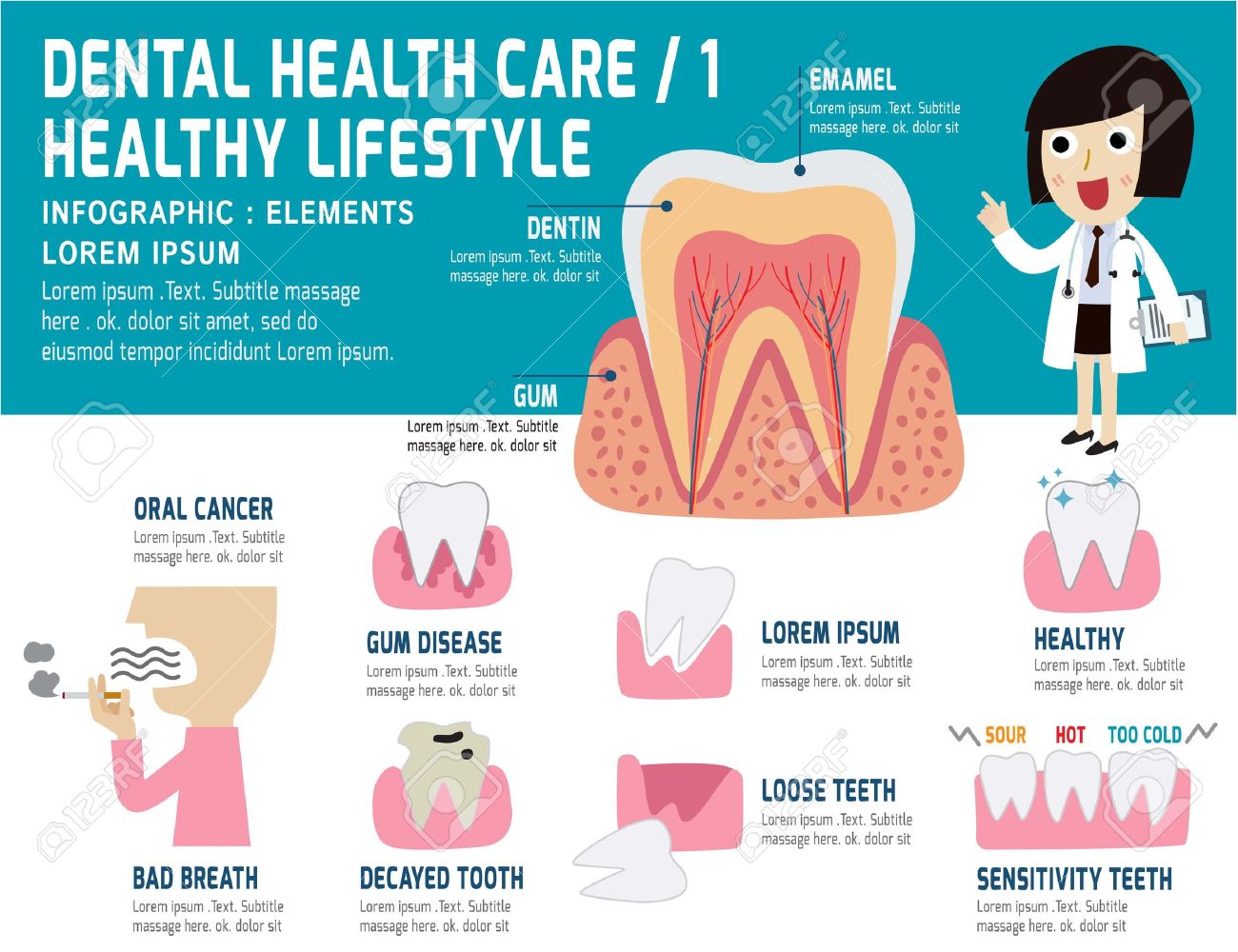What To Do If You Knock Out A Tooth: Immediate Steps To Take
What To Do If You Knock Out A Tooth: Immediate Steps To Take
Blog Article
https://veneerscost62849.thenerdsblog.com/36342590/negating-misunderstandings-distinguishing-fact-from-falsehood-in-dental-care By-Fuentes McCollum
If you find yourself in the regrettable scenario of knocking out a tooth, knowing the prompt steps to take can make a considerable distinction in saving your tooth. Handling it properly and acting promptly are crucial in increasing the opportunities of effective re-implantation. Yet what should you do alongside ensure the most effective result for your knocked-out tooth?
Managing the Knocked-Out Tooth
If you have actually knocked out a tooth, handle it thoroughly to boost the opportunities of effective reattachment. First, find the tooth and choose it up by the crown, preventing touching the root. It's vital to keep the tooth wet, so if possible, attempt to gently place it back into the outlet.
If that's not viable, keep the tooth in a container with milk or your saliva to keep it moisturized. Bear in mind not to scrub or clean the tooth with any type of chemicals, as this can damage the delicate cells needed for reattachment.
Stay clear of wrapping the tooth in tissue or cloth, as this can lead to dehydration. Time is essential, so seek oral treatment right away. The longer the tooth is out of its socket, the lower the possibilities of successful reimplantation.
Immediate Emergency Treatment Steps
Beginning by gently rinsing your mouth with warm water to cleanse the area around the knocked-out tooth. This will aid get rid of any type of dust or particles that may exist. Be careful not to scrub or touch the origin of the tooth, as this can cause further damage.
Next, ideally, attempt to put the tooth back right into its outlet. Hold it in place by carefully attacking down on a clean piece of gauze or towel. If https://www.lawyerly.com.au/judge-frowns-on-invisaligns-lawsuit-against-smiledirectclub/ can't return the tooth, don't require it. Instead, keep it moist by putting it in a cup of milk or saline remedy. Prevent storing the tooth in water as it can harm the root cells.
To handle visit the up coming webpage of blood loss, apply gentle stress to the area using a tidy gauze or towel. You can additionally use a cool compress to lower swelling and soothe discomfort. Keep in mind to take over-the-counter discomfort drug as needed.
Seeking Emergency Dental Care
When taking care of a knocked-out tooth, looking for emergency dental care quickly is essential to enhance the chances of conserving the tooth. Contact your dental practitioner promptly or head to the nearest emergency oral clinic. Time is important in such scenarios, as the quicker you obtain therapy, the greater the possibility of effective re-implantation.
Emergency oral care providers are outfitted to handle dental emergency situations, consisting of knocked-out teeth. They have actually the expertise to analyze the condition of the tooth, address any type of going along with injuries, and take the necessary actions to attempt to save the tooth. Keep in mind to take care of the tooth very carefully, holding it by the crown and preventing touching the origin, to keep its practicality.
Delaying looking for emergency dental treatment can substantially reduce the opportunities of saving the tooth. Without prompt professional intervention, the tooth might not be salvageable. Act promptly, adhere to the support of the dental experts, and increase the possibilities of maintaining your all-natural tooth.
Conclusion
Keep in mind, fast action is vital when managing a knocked-out tooth. Deal with the tooth very carefully, wash with water, return preferably, or store in milk/saline remedy.
Apply stress and chilly compress to control bleeding and swelling. Look for emergency dental treatment right away for the best opportunity of conserving the tooth.
Time is important, so don't delay in obtaining expert assistance to preserve the tooth's stability.
